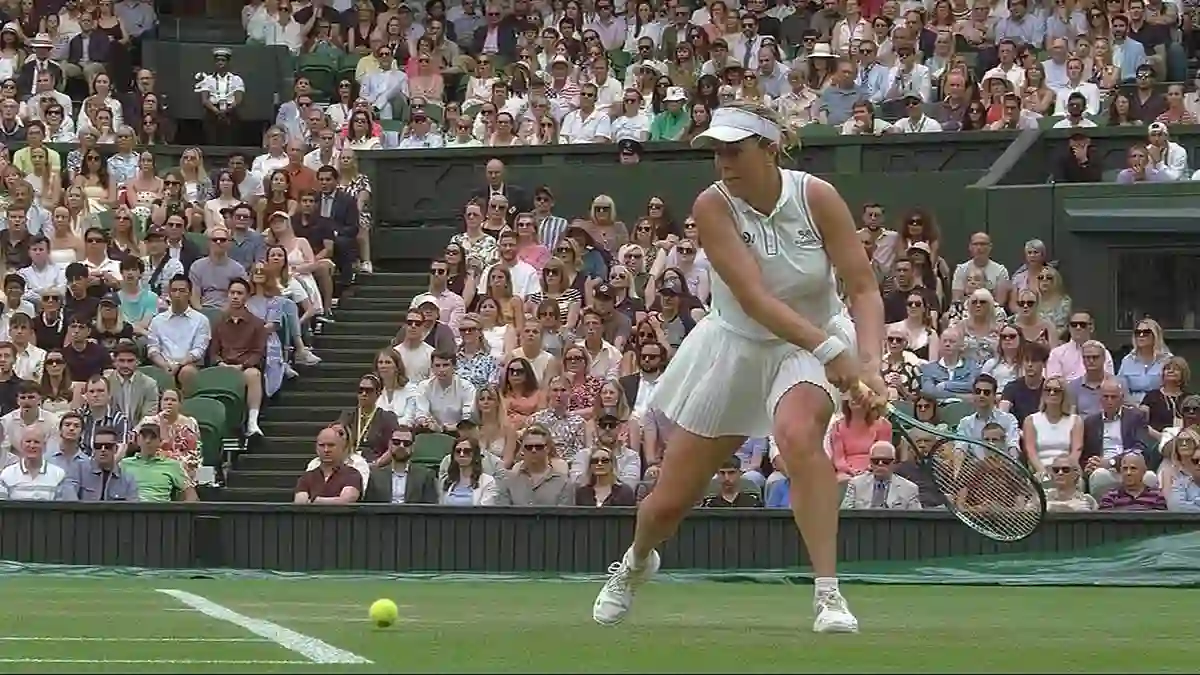There’s something undeniably special about Wimbledon—the grass courts, the crisp all-white kits, and the time-honoured traditions.
But this year, a new addition has stirred up more trouble than triumph.
Just over a week into the Championships, Wimbledon’s latest experiment with full electronic line-calling has become the talk of the tournament—and not in a good way.
A Grand Slam Gamble That’s Backfiring
In a move that swapped human line judges for an all-AI line-calling system, Wimbledon aimed to be modern, efficient, and cutting-edge.
But what they’ve ended up with, some argue, is a system that’s clunky, error-prone, and at times completely unreliable.
From mistaking a ball boy for an actual tennis ball to completely missing shots that landed well out, the AI system has been exposed under pressure.
And the timing couldn’t be worse. Just as players push their limits on the court, the very technology supposed to ensure fairness is tripping over itself.
A Human Element Replaced—and Missed
The most unsettling moment so far? A point was ordered to be replayed—not because the ball was in—but because the AI got it wrong, and the chair umpire had to follow “procedure,” even though he saw it land out with his own eyes.
That kind of blind loyalty to a flawed system is what’s got critics sounding the alarm.
One player even called the whole setup “scary.”
And that’s saying something in a sport where mental strength is everything.
Tech Trouble Isn’t Just a Tennis Problem
We’ve seen this story before. Football’s Video Assistant Referee (VAR) has been causing arguments since its introduction—over the width of a shoulder, the length of a bootlace, or whether someone’s arm hair was offside.
Fans and players alike are still debating whether VAR has helped or hurt the game.
Now, tennis seems to be following football down the same rabbit hole of “precision” that ignores human instinct.
Remember the Drama? That’s What Made It Special
Part of what makes Wimbledon magical is the human element—the gasps, the debates, the “was that in?” moments. It’s drama. It’s tension. It’s sport.
When you hand everything over to machines, you lose that little spark of unpredictability.
Yes, linespeople make mistakes. But that’s why we had Hawk-Eye—a system that allowed players to challenge calls when needed.
It worked. It was fair. And it still respected human judgment while giving players a safety net.
A Lesson From 1966
Take a quick trip back to 1966. England wins the World Cup at Wembley after Geoff Hurst’s now-legendary goal hits the crossbar and bounces… somewhere.
To this day, no one knows if it really crossed the line.
But the Russian linesman said it did, and history was made.
Would AI have called it out? Would England still be waiting for that elusive title?
A Pricey Mistake—And Not Just Financially
Replacing trained, experienced line judges with machines may seem sleek and futuristic, but it’s expensive—not only in cost but in what we lose.
AI requires massive amounts of energy and water to run, and its environmental footprint is growing.
Meanwhile, hiring humans to do the job for two weeks? Cheaper, greener, and far more reliable so far.
Enough Is Enough—It’s Time to Rethink
This isn’t about being stuck in the past.
It’s about asking whether the chase for high-tech solutions is actually solving anything.
Wimbledon doesn’t need to follow the path of other Grand Slams if it’s leading them away from what made the tournament unique in the first place.
There’s still time to course-correct. B
ring back the Hawk-Eye challenge system.
Give line judges their jobs again. Let the game breathe.
Tradition Isn’t the Enemy—It’s the Soul of the Game
The rush to modernize shouldn’t mean trampling over the very traditions that make Wimbledon what it is.
Technology has its place, but not when it overrides common sense, human judgment, and the spirit of the sport.
AI might be “intelligent” in name, but what Wimbledon needs right now is a little more wisdom.



